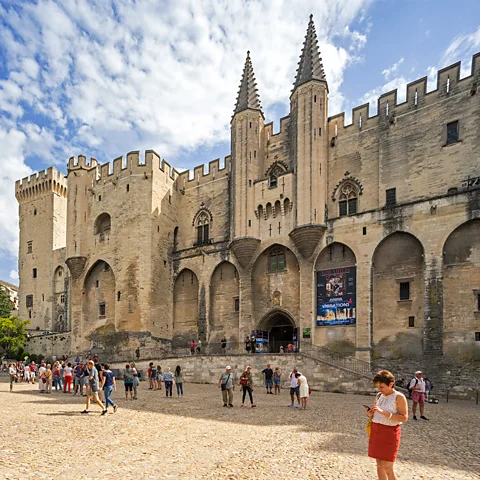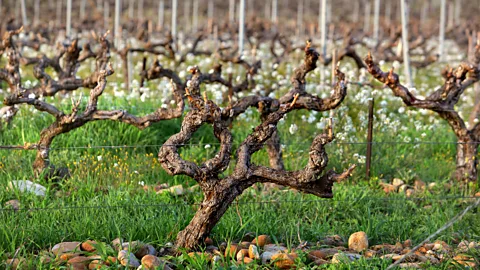Between 1996 and 2019, the number of international tourists to the museum more than doubled, according to Studies of the Industrial Geography Commission of the Polish Geographical Society, with a notable peak in 2005, the year of John Paul II’s death. And in 2018, the museum celebrated its millionth visitor.
This speaks to the pull of a place, says Pattenden. “Pilgrimage is significant and important for Catholics. Partly because they believe in the enchantment of physical objects, including, for instance, the bodies and the remains of saints, and the items that the saints have touched. That’s why you would go back to the birthplace of a saint because you can get grace from your proximity to those things.”
Yet not all papal hometowns are drawn into the fold. Despite serving as Archbishop of Buenos Aires for more than a decade, Pope Francis, who died this April, travelled across numerous continents, visiting 68 countries during his 12-year papacy – but never returned to Argentina.
 Getty Images
Getty ImagesWhether a gesture of neutrality amid the country’s fraught politics or a quiet declaration of global focus, his absence was noteworthy. In contrast to the pilgrimage energy that surrounds places like Wadowice, Francis’s hometown remains, for now, a site of origin rather than worship.
Still, his Argentine roots shaped the way he was perceived. Francis became known as the “people’s pope”, something that came from his simple lifestyle, his work in the slums of Buenos Aires and his ease with ordinary people. His background helped reinforce a public image of humility, accessibility and concern for the working class.
John Paul II’s Polish birthplace also had a big impact on his world view. He grew up and ministered under two oppressive regimes: first Nazi occupation, then Soviet-backed Communist rule. His papacy was defined by a commitment to human rights, religious freedom and moral resistance and he became a powerful voice against totalitarianism. During a landmark visit to Poland in 1979, his call to “be not afraid” resonated deeply with his countrymen, helping to inspire the Solidarity movement that would ultimately contribute to the collapse of Communist rule.
While Wadowice turned piety into pilgrimage, other papal places bear more unusual legacies. In Châteauneuf-du-Pape, a village nestled in the vineyards of southern France, traces of the medieval papacy live on in the local wine.
In the early 14th Century, the papacy temporarily relocated from Rome to Avignon in southern France, marking a significant shift in the Church’s history. From 1309 to 1377, seven successive French popes resided in the city, escaping political instability in Rome and drawn by the influence of the French crown.
Often referred to as the “Avignon Papacy”, this period saw the papal court flourish in grandeur, with its legacy still visible in its Palais des Papes, a Gothic fortress that once housed the spiritual heart of Catholicism. However, it also sparked controversy, with critics accusing it of corruption and excessive French sway.
 Getty Images
Getty ImagesOne pope, John XXII (from Cahors in southern France), commissioned a new summer residence in a nearby village – today known as Châteauneuf-du-Pape, or “The Pope’s New Castle”. His castle served as a fortified retreat and vineyard estate, taking advantage of the region’s elevated position and favourable grape-growing conditions. The wine produced here still bears the papal crest of crossed keys of St Peter and a tiara, and tourists can join tours that blend this medieval papal history with wine tastings trips to centuries-old vineyards.
With the recent ascent of Leo XIV, attention has turned to his Chicago roots. In true US fashion, even his sporting allegiances made headlines, sparking debate over whether he supported the Cubs or the White Sox (it’s the White Sox, his brother confirmed). But experts say his path may diverge from traditional expectations.